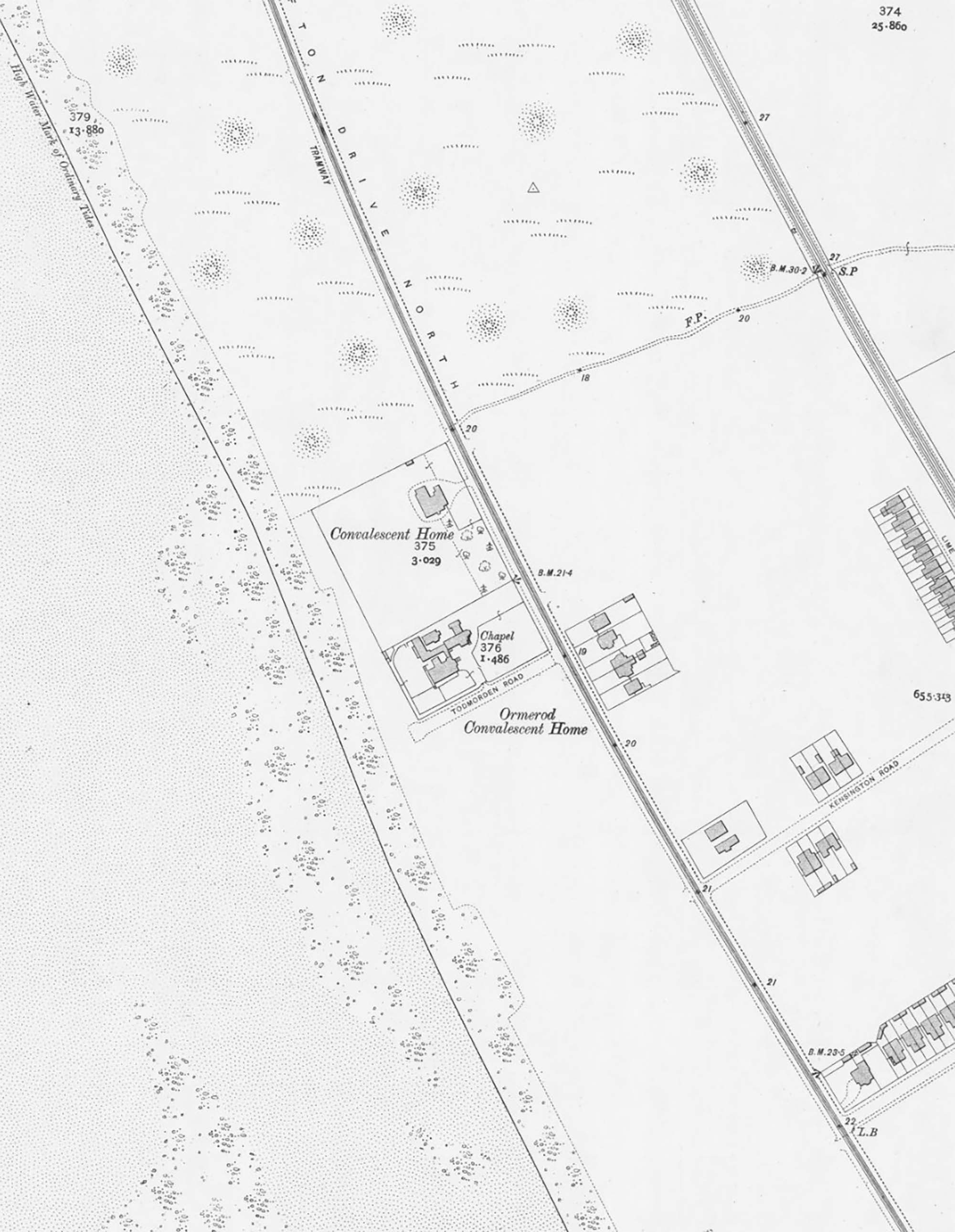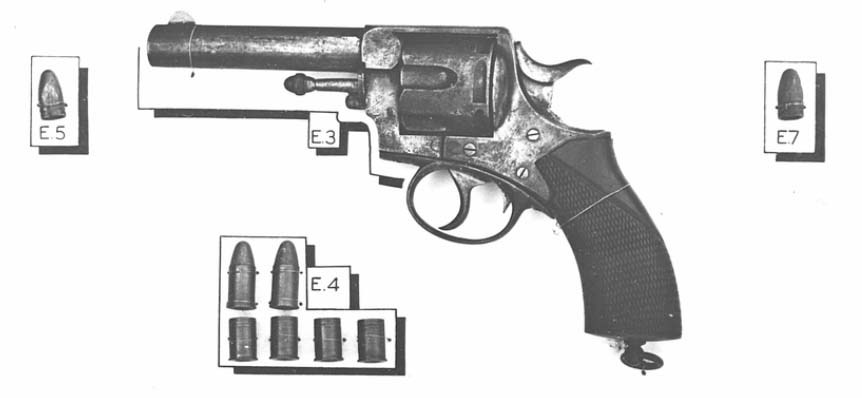

Age: 32
Sex: male
Crime: murder
Date Of Execution: 13 Apr 1920
Crime Location: Lytham St Annes, Lancashire
Execution Place: Manchester
Method: hanging
Executioner: John Ellis
Source: http://www.capitalpunishmentuk.org/
Frederick Rothwell Holt was convicted of the murder of his 26-year-old girlfriend Kathleen Harriett Elsie Breaks and sentenced to death.
He shot her three times with a revolver on the beach at Lytham St Annes on 23 December 1919. At his trial the prosecution claimed that he had shot her in order to claim on her £5,000 insurance policy.
The case was known as the Sandhills Murder, the Sandhills Tragedy and the Dunes Crime.
Frederick Holt had been an ex-lieutenant in the 4th Loyal North Lancashire Regiment.
He had gone to France on 4 May 1915 and was invalided from the trenches on 10 June 1915. He was then sent home suffering from chronic rheumatism and resigned on account of his ill-health in June 1916.
He then went to a rubber plantation in the Malay States but returned in April 1918.

He later made the acquaintance of Kathleen Breaks around August 1918 whilst visiting a hydro in Blackpool where he was being treated. She had been living apart from her husband and had been employed at different hotels as a book-keeper and soon became Frederick Holt's mistress, a relationship that lasted right down to the date of the murder.
Around August 1919 Frederick Holt conceived the idea of insuring Kathleen Breaks's life. He made proposals first to the Atlas and then to the Prudential for policies of £10,000 on her life and £10,000 on his own. However, the companies were suspicious of so large an amount and pointed out that he had no insurable interest in Kathleen Breaks's life.
However, it was eventually agreed with the Royal London that they should grant Kathleen Breaks a policy of £5,000 on her life. It seemed that the agent of the Royal London had been a friend of Kathleen Breaks and that his wife had been jealous and had threatened her.
The first premium of £105 on the policy was paid by Kathleen Breaks, the money being supplied to her by Frederick Holt, the transaction being completed about the end of November 1919.
Then, on 17 December 1919, Kathleen Breaks gave instructions for a will leaving £5,000, less £200, to Frederick Holt, with the will being signed on 23 December 1919, the day Kathleen Breaks died.
Although the motive of the money was put forward, it was also noted that Frederick Holt was already quite wealthy and had had an inheritance of £500 a year.
Kathleen Breaks and Frederick Holt had stayed the previous night in a lodging house at Bradford, and although there was no direct evidence to show that Frederick Holt knew the contents of Kathleen Breaks's will, there were certainly circumstances from which such knowledge could be inferred.

Then on the evening of 23 December 1919, Frederick Holt and Kathleen Breaksleft Bradford by the 4.05pm train, with Kathleen Breaks going on to Blackpool, but Frederick Holt leaving the train at Ansdell and going on to Lytham where his home was. However, it was quite clear that before parting that they had arranged to meet that night at a spot near Manchester Home, by the sand dunes about half way between Blackpool and Lytham.
Kathleen Breaks dined at a hotel in Blackpool and left at about 8.30pm.
Frederick Holt was seen to board a tram near the Manchester Home.
He was seen again at about 10.30pm by a tram driver waiting on the road not far from the Manchester Home and boarding the tram that would take him back to Lytham.
Early the next morning Kathleen Breaks's body was found lying in the sand dunes near the Manchester Home by a farmer from Cross Slack Farm in St Annes-on-Sea. She was lying on her back about 20 yards above the high water mark, with her death having been caused by a bullet wound entering behind the left ear and passing out under the chin. Another bullet had grazed her left cheek and a third had lacerated her left thigh. There were also three bullet wounds behind her left shoulder. She also had a lacerated wound on her head that had apparently been caused by a blunt instrument.

Her body was 145 yards from Clifton Drive North on the seaward side. The revolver had been found about 188 yards north of the body, about 100 yards from the kerb of Clifton Drive North. Other distances given for the position of the body were:
The day after the murder Frederick Holt visited Blackpool and ordered lunch for himself and Kathleen Breaks and inquired for her and then expressed astonishment at her not turning up.
It was noted that up until that point, he had demonstrated no sign whatever of insanity.
From the evidence, it appeared probable that Frederick Holt had had connection with Kathleen Breaks and that when she stood up he struck her a blow on the head with the butt end of the revolver and that then, as she lay on her back, he fired at her from behind her head, he being standing at a lower level than that on which her body lay.
The revolver was later found embedded in the sand and was proved to be one of a pair that Frederick Holt had purchased in 1914.
A glove of his was also found close by and his other glove was washed up by the sea.
Footprints in the sand were also proved to be those made by shoes that he had been wearing on the night.
It was noted that there was no doubt whatever of Frederick Holt's guilt, and on appeal the fact was not disputed.
At his trial, Frederick Holt's father and family attempted to set up an alibi by saying that he had come in about 8.15pm and had remained in or about the house for the rest of the evening. However, when first questioned, his father had told the police that Frederick Holt had come in that night between 10.30pm and 11pm.
At the appeal, the Lord Chief Justice said, 'It is impossible to arrive at a conclusion this murder was committed for any other purpose as it seems to me than that of gain of the money represented by the insurance policy'.

It was thought that Frederick Holt had fetched his revolver when he went home after leaving Kathleen Breaks in the train at Ansdell.
A passage in one of the letters found from Kathleen Breaks to Frederick Holt accounted for them having agreed to meet up that night in that way by the sand dunes.
Following his arrest, whilst awaiting trial, Frederick Holt was examined by two doctors for the defence who both testified that he was unfit to plead, stating that they both found him to be suffering from delusion of persecution. He also wrote a long statement that supported their opinion which referred to claims that the guards were trying to infect him with dogs and flies as well as claims that his pipe had been tampered with by the police.
However, it was thought that those claims just demonstrated malingering on the part of Frederick Holt and the jury found him fit to plead.
At the trial, his defence was that he didn't commit the murder and that if he did then it must have been the act of a mad man.
It was stated that no sane man would have thought that they could have got away with such a scheme of murder as he would have otherwise considered that the least inquiry would have revealed his connection with her, especially so as her little handbag was left on the sands in which were the letters they had sent each other.
The jury found him guilty and made no recommendation to mercy.
Following his conviction, Frederick Holt's solicitors approached the Home Office with the story that a doctor that was then in London had said that he had treated Frederick Holt for syphilis in the Malay States and asked whether they might be allowed to have Frederick Holt examined and a lumbar puncture taken with a view to showing that he was infected with syphilis and had in fact been suffering from GPI. However, they were told that any further information that they proposed to give on the question of insanity should be given to the Court of Criminal Appeal, which they did.
However, the appeal, which fully went into the evidence, was dismissed.
Frederick Holt was executed at Strangeways prison on 13 April 1920.
see National Archives - HO 144/1619/397413, ASSI 52/309
see Daily Mirror - Monday 23 February 1920 (photo of Frederick Holt)
see Daily Mirror - Saturday 28 February 1920 (photos of Frederick Holt, Kathleen Breaks and Manchester Assizes)
see The Gazette
see Murderpedia